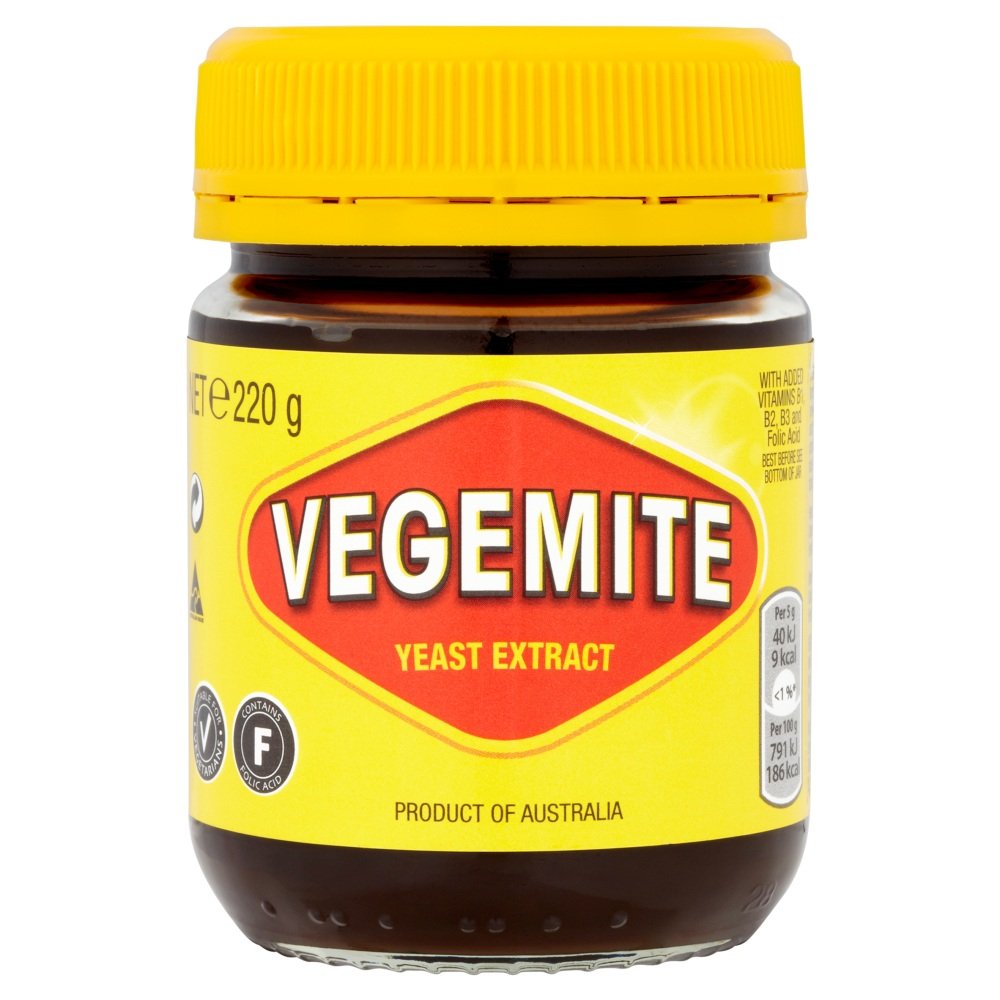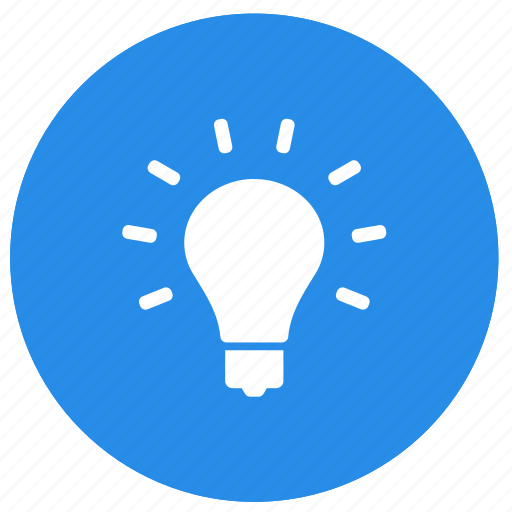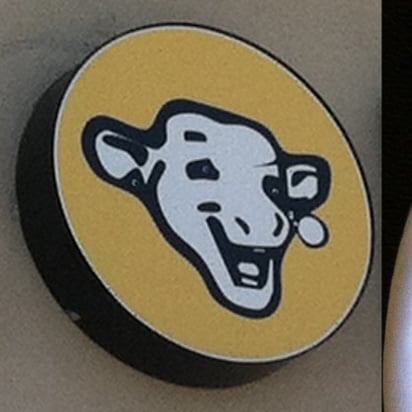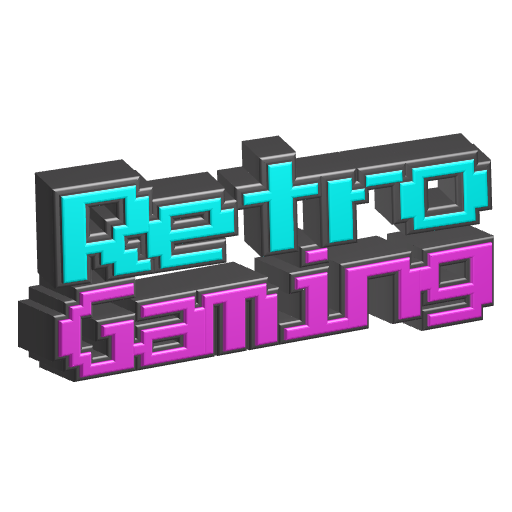

+1 for following protocol? 🤡
A person’s day was wasted after they couldn’t access a public service, which sounds bad, but I guess on the bright side at least a Rule was enforced against them.
All this for wifi access for a few minutes. Must enforce The Rule to the letter, can’t lapse for a moment and make a decision as a human being.








You missed the entire point, the reality of the situation is that nobody “was social engineering of ID theft” - a person wanted to use wifi for a few minutes.
It takes nothing to act like a human being and share a wifi password. Instead here we are with you celebrating an automaton for blindly following rules and having no flexibility, because at least this guy wasn’t able to “steal his own identity”.
“Sure someone’s day was wasted, which could have been changed incredibly easily, but really what’s most important is blind adherence to The Rules.”